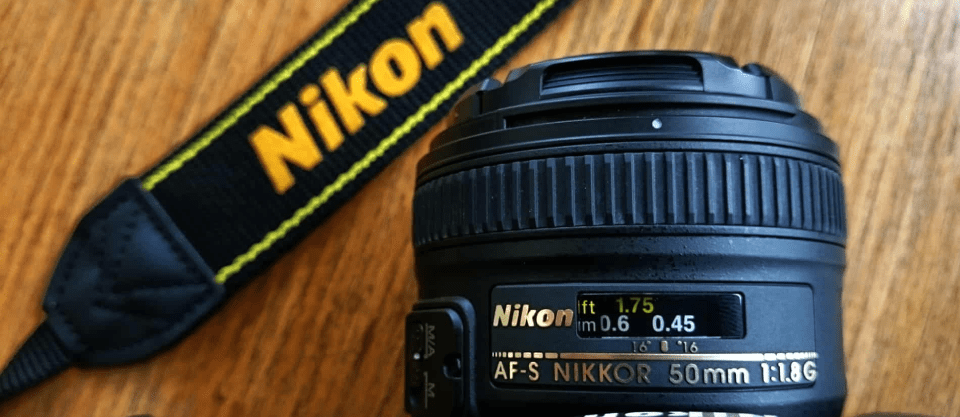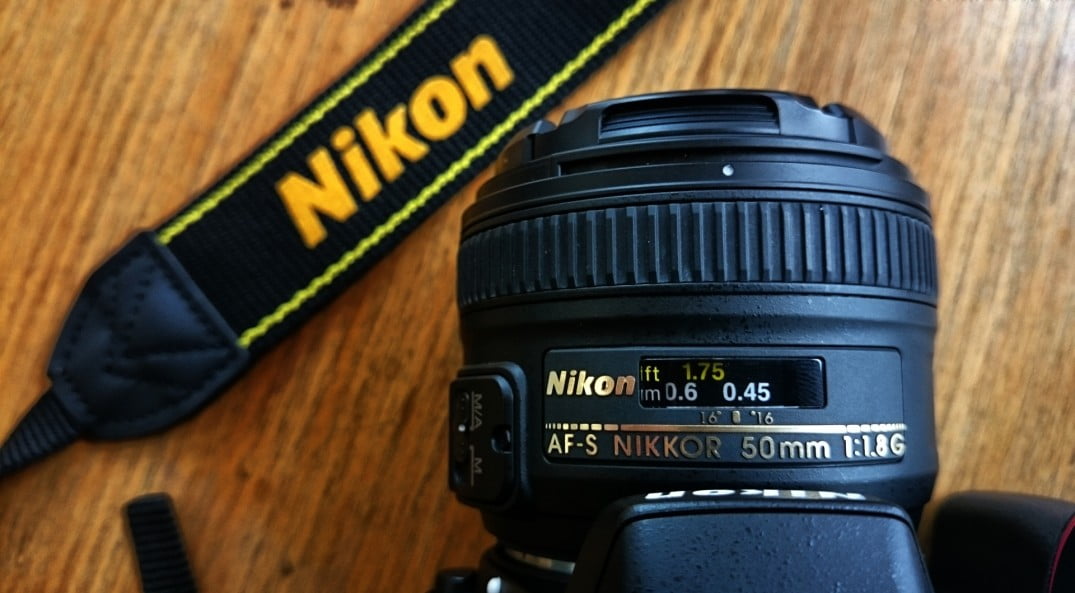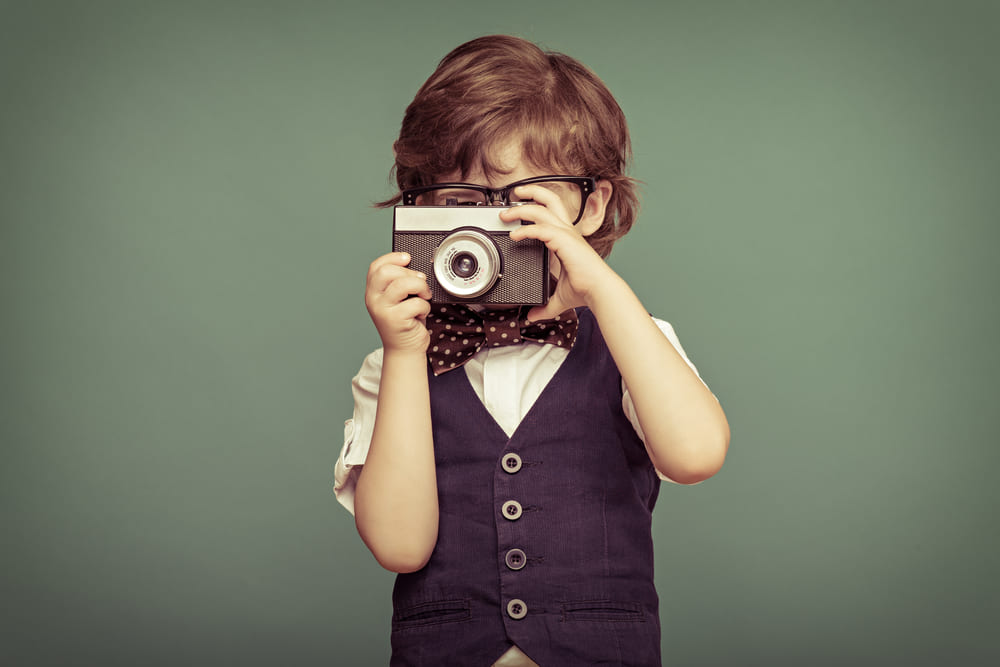
High-End Cameras Vs. Low-End Cameras
Most photographers are asking the wrong questions and having a pointless debate when trying to ascertain “Canon vs Nikon, which is better”. Most of the time they are only trying to justify that the $1000+ investment that they made in their photography gear was not a mistake.
Nikon and Canon are exceptional cameras and photography accessory manufacturers. They have been competing for years and the only way they beat each other every time is by coming up with products which are superior than what the other has made. I feel this healthy competition has been the biggest factor in their success so far and it is what will also lead their future.
The questions a photographer should be asking are: “How much ROI am I expecting from my photography?” “Is my photography going to be my source of income or am I just satisfying the love I have for the art?” “How much is my budget and how much am I willing to shell out depending on my needs?”
Once you start asking these questions to yourself, you will start understanding what kind of camera you would want to invest in.

Why invest in a DSLR at all?
Professional or not, if you are happy just capturing pictures you might want to stop reading right here. However, if you want to capture pictures which are subjective and artistic according to the rules of photography, then read on.

You will never see a professional photographer, fashion photographer or a product photographer using a simple point and shoot camera for their work. Do you know the reason? Because they will not get the output a DSLR will produce. Most importantly, they will lack the kind of manual control that a DSLR offers. Mastering manual control is what most photographers crave for. Professional or otherwise, we all just want to capture images that are better than our own previous images.
Want to master the manual mode of your camera and take complete control of your images? Try the Upskillist Photography course.
So, why should you invest in a DSLR?
- Better quality
- Manual control
- Versatility
- Power of RAW imaging
Which DSLR to buy?
Now for the moment of truth, which DSLR to buy?
If your budget doesn’t allow you to invest in heavy, high-end cameras or camera accessories, do not fret. Nikon, Canon and even other manufacturers make very good entry as well as mid-level DSLRs. Plan your budget well so you can invest in the lenses and other accessories like tripod, remote etc.
Supportive reading: Canon Vs. Nikon: Which DSLR Brand Trumps the Other?
And if you are a professional photographer with enough funds, do not waste your time and money thinking: “For now let me start with a mid-level camera”. Go ahead and invest in a high-end camera of your favourite brand.

Honestly, there is not much of a difference with regards to functionality, UI and user friendliness when it comes to pro and entry level DSLRs. However, the pro DSLRs give you more bang for your buck in terms of image quality.
- Bigger sensor: If there is one thing that I regret with my current D3300, it’s the light sensor. Until ISO 400, there are no issues. At ISO 800, cropping becomes a problem because the grains become visible. Beyond ISO800 is when you start missing a bigger sensor because the grains are easily visible.
- ISO is one of the three elements that controls exposure. Many a time you will come across situations where you will not want to compromise on shutter speed and the aperture size. This is where you will have to crank up the ISO to let the sensor take in more light. The bigger the sensor, the more light a camera will be able to take in and the less noise and grain you will have in your images. High-end cameras have such a big light sensor that even at ISO 1600 and above, the images will not have any visible grain in them. This is a big boon for low light, hand-held photography, especially at night time or indoor events.
More about ISO: The Beginner’s Guide to ISO
- ISO50: If you are photographing for yourself, out of your own interest, this might not be a big deal, but if you are doing pro-shoots you might find that ISO50 brings out an extra edge to your images.
- Higher Resolution: As the technology advances the screen sizes will only get bigger and better. Even at homes, people use a whooping 1920p resolution screens on their PCs. Therefore, the high-end cameras will deliver images that will look sharp and crystal clear even on big screens.
- WI-FI connectivity: It saves you the trouble of pulling out the memory card, looking for that card reader, fixing the memory card in the computer and transferring the images.
So you see, deciding which DSLR to buy actually boils down to how serious you are with your photography and how much you are willing to spend.

Of course, it’s not the camera alone that is needed to take great pictures. Whichever level of DSLR you buy, remember that things will get better only with practice. Whether your pictures are good or bad, continue to shoot. Keep at it. You will soon be amazing yourself with the kind of images that you will be able to capture as you progress.
Looking to sharpen your photography skills? Join our top-rated professional diploma in photography today!



